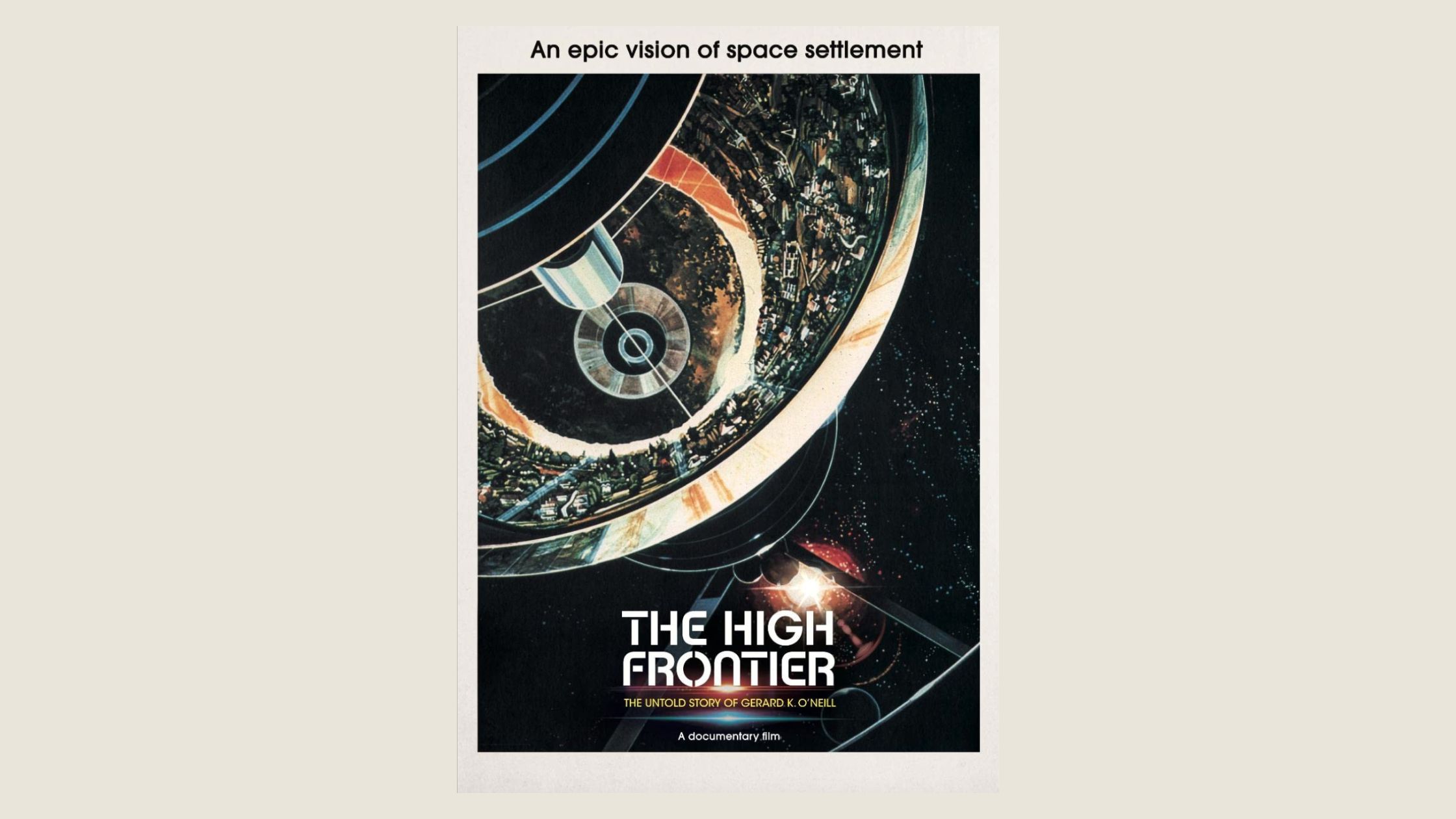Visionary physicist and space activist Gerard K. O’Neill, best known for his 1977 book, The High Frontier: Human Colonies in Space, had a prolific career dedicated to entrepreneurism, space development, and scientific innovations.
Throughout O’Neill’s life, he focused on his work as an experimental physicist, a teacher and writer, and an entrepreneur. In these roles, he involved himself within the different sectors of space development, which ultimately led to the launch of the space habitat movement and major contributions to the U.S. space industry.
His many achievements include:
- Inventing and developing particle storage rings, which are the basis for high-energy particle accelerators.
- Exploring the potential for human settlement and industrial development in orbiting space communities.
- Founding technology companies that developed satellite navigation systems, short-range office communication systems, and high-speed train systems.
However, one of the most lasting impacts of his brilliance was the founding of the Space Studies Institute (SSI) at Princeton University, a nonprofit organization that continues his work, eagerly supporting research on the engineering and science of space activities.
Though O’Neill received grants from NASA that backed his work on space exploration, he became a bit frustrated with the politics and bureaucracy of government-funded research. Thus, he believed that through SSI, small groups of people dedicated to developing tools for space exploration and development, independent of the government, could get things done more affordably and efficiently. Here, O’Neill built a working model of a mass driver, a device based on the coilgun design, that was adapted to accelerate a non-magnetic object in space.
O’Neill’s work at SSI inspired him to write The High Frontier: Human Colonies in Space, which brought his vision of space colonization to a broader public. He won the Phi Beta Kappa Award in Science the year his book was published and was granted an honorary doctorate by his alma mater, Swarthmore College. The publication of his book also established O’Neill as the leader and spokesman of the space migrationmovement.
O’Neill retired in 1985, the same year he was recognized for his space expertise,and appointed by former U.S. President Ronald Reagan to the National Commission on Space.
An overview of his life, told from the perspectives of his peers, family, and younger generations leading the space industry, can be seen in the documentary, “The High Frontier: The Untold Story of Gerard K. O’Neill.”






